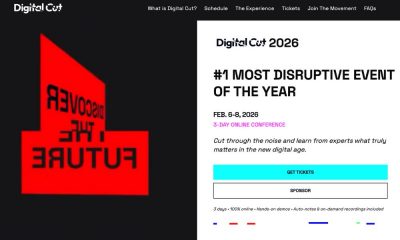Business
10 Viral Ad Campaigns and What We Can Learn from Them
Published
2 years agoon
By
Carmen Day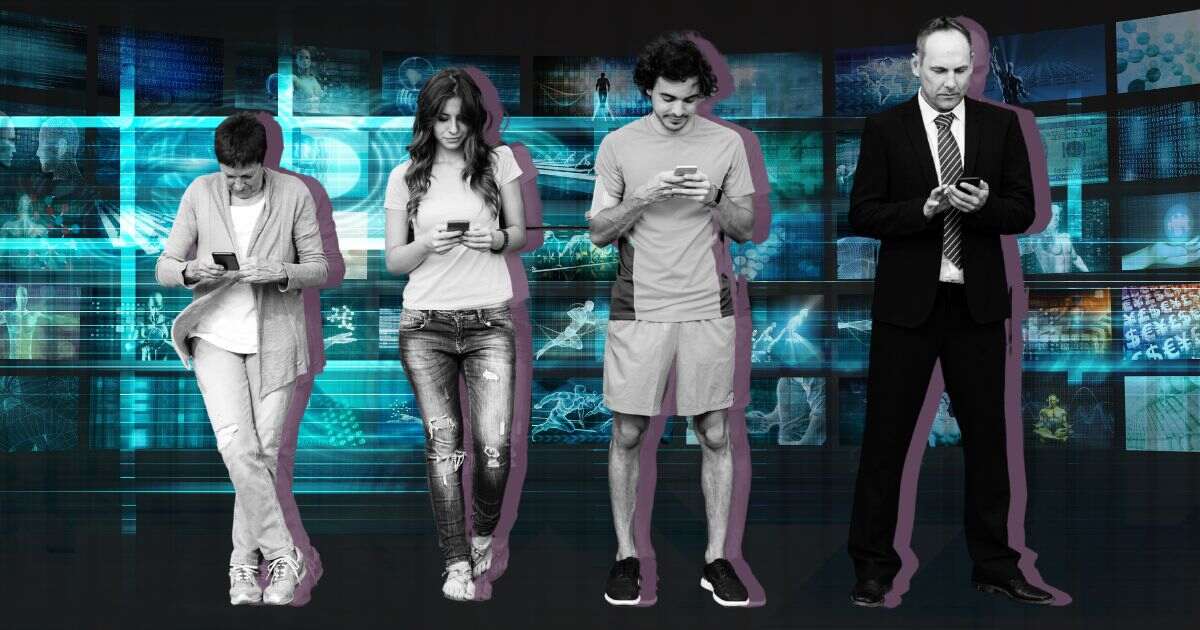
On the internet, anything can go viral. But that doesn’t mean that there aren’t tried and tested recipes for success. Here, we break down some of the most viral ad campaigns in the last few years.
As you’ll learn, the top viral marketing campaigns use a mix of social media listening, trendspotting, creativity, and sincerity. From video landing page ideas to social media marketing, these campaigns integrated the best elements that took the internet by storm.
1. Apple: Shot on iPhone

One of the best ways to go viral online is to call for user-generated content. And Apple’s annual Shot on iPhone ad campaigns just gets that sweet spot right.
What we can learn from the campaign: No true ads person will just put out a call for content and call it a day. Give the audience something that they want to make content with, and you’re golden. With Apple, their Iphone’s features are enough to make a whole generation of individuals experiment with their creativity.
2. Gillette: #SayPubic Campaign

In 2022, Gillette Venus released The Pube Song to start a conversation and normalize pubic hair in women’s bodies. It’s one of the brand’s more viral ad campaigns because of its playful tone and strong self-love message.
What we can learn from the campaign: It can be a calculated marketing risk to talk about what’s taboo. But their song campaign manages to balance the weighty message with a lighthearted delivery that doesn’t take away from the issues it’s discussing.
3. Airbnb: Ukraine
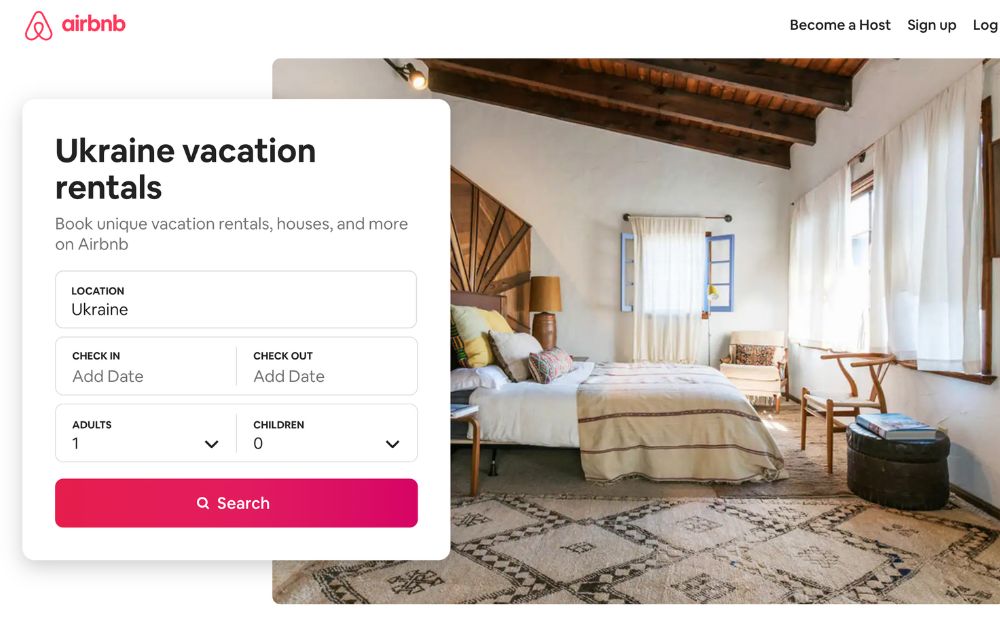
Airbnb’s Ukraine campaign is also a moment that smashed everyone’s screens. In 2022, the company announced that global users could lend support to Ukrainians by renting out Airbnbs.
What we can learn from the campaign: Sometimes, the best marketing move is to just rise to the occasion, get in touch with your own humanity, and do something nice. In addition, viral ad campaigns like this allowed millions to extend tangible support to Ukrainians.
4. Netflix: Wednesday
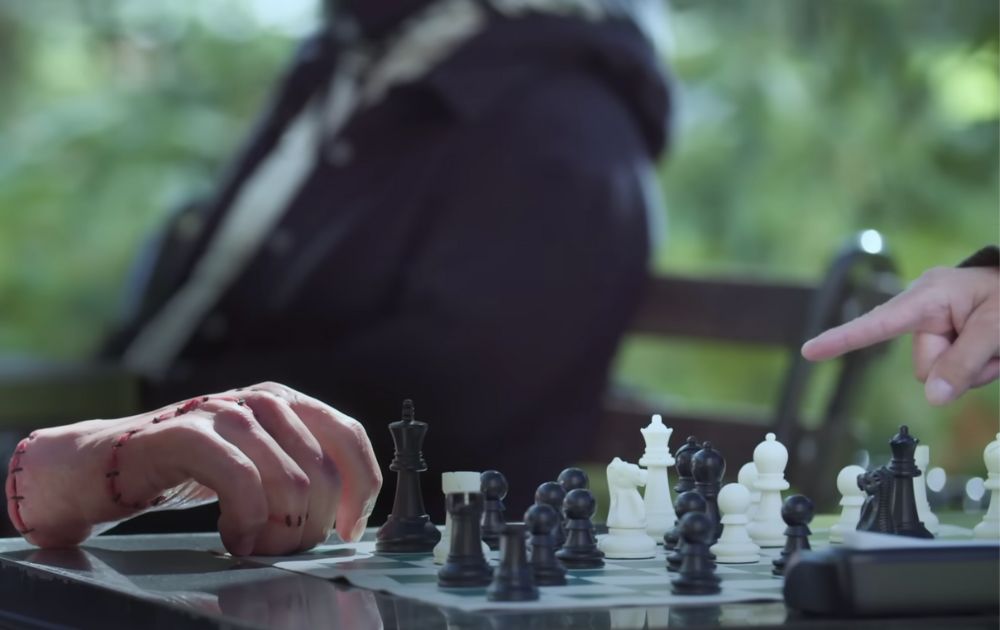
Netflix is always goofing around with its marketing campaigns, but they didn’t come to play with their Wednesday promotions. Specifically, their release of ‘The Thing’ upon random New Yorkers really lighted up everyone’s week.
What we can learn from the campaign: It’s okay to be fun and think outside of the box! You don’t have to stick to the same strategies if you want to go viral. In fact, when you do things on a grand scale, the audience does the virality for you.
5. Dunkin: Ben Affleck
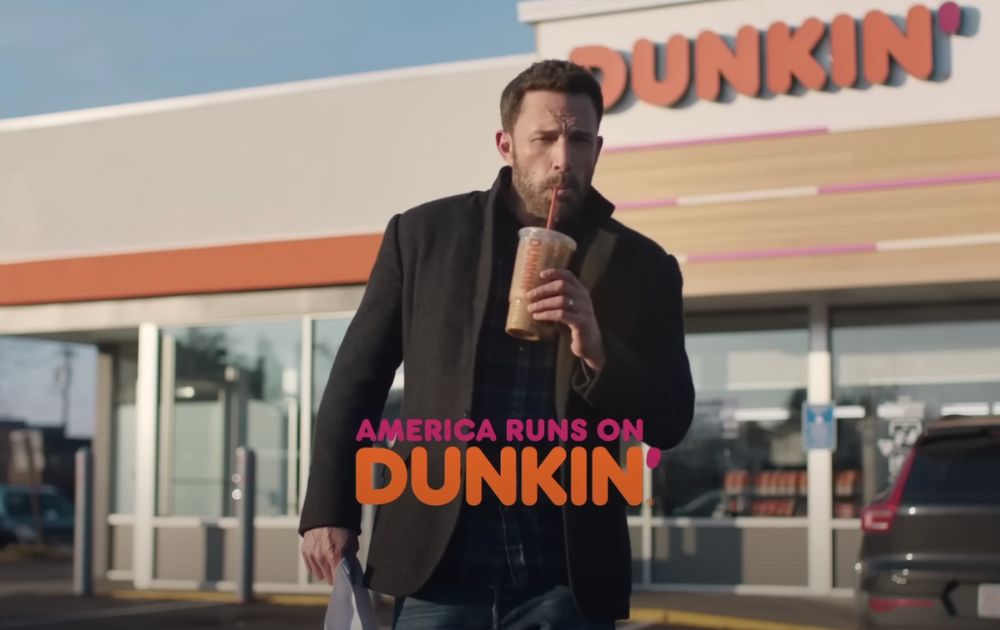
This recent Dunkin ad is short, but it’s comedy gold. It features the actor in a meta-scene where he talks about acting for a Meta ad. It’s short, snappy, and only 30 seconds, which may be why it quickly made rounds in social media.
What we can learn from the campaign: It’s all about references here. This Dunkin campaign wouldn’t be effective if it weren’t for the well-known fact that Ben Affleck loves his Dunkin Donuts. Instead of brands simply ignoring this fact, it’s the perfect opportunity for them to collaborate and show the audience that they’re listening.
6. Doritos: Jack’s New Angle
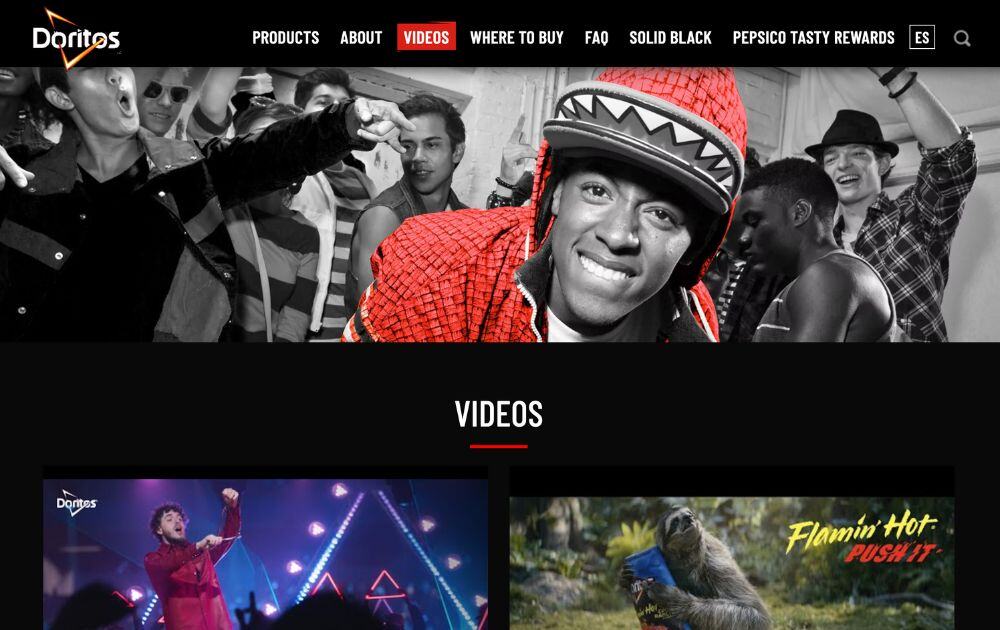
This star-studded ad uses the signature Dorito triangle as the star of the story. It combines the elements of music and food together, so the 2023 Doritos Super Bowl ad was truly on brand.
What we can learn from the campaign
The ad works for the sheer spontaneity of it. Jack Harlow, Missy Elliot, and Elton John in one video? Now that’s star power. The narrative is also compact, with a playful and unexpected twist delivered at the end.
7. Milo: Park Seo-joon
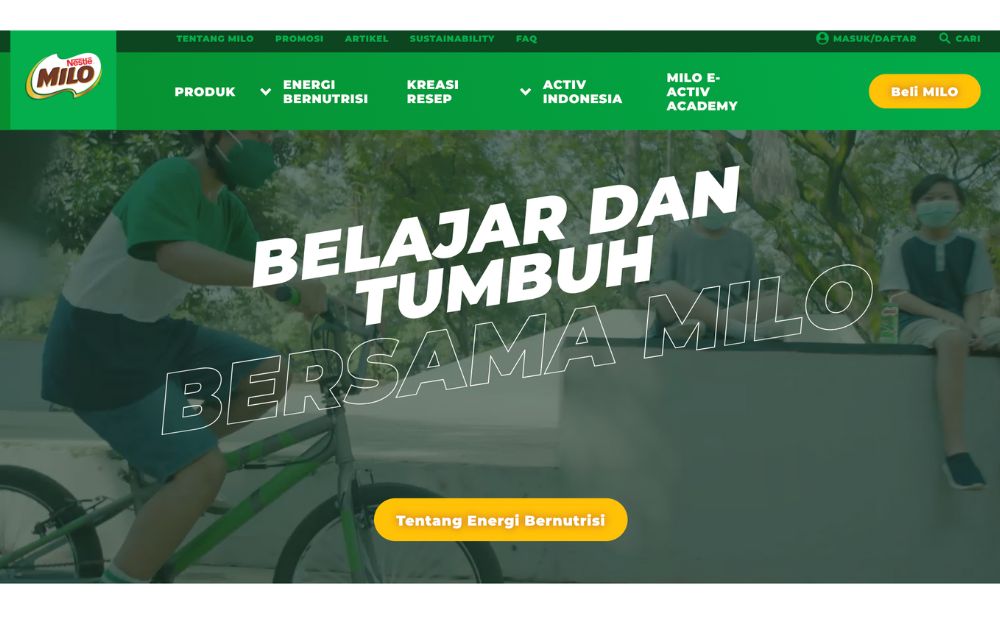
The Korean actor paired up with Milo Indonesia for a simple ad campaign. But there’s more. Milo also released a limited edition packaging that had netizens scrambling to get their hands on one.
What we can learn from the campaign: We know that the K-wave is rising high, but that will only get your interactions so far. However, what made this viral marketing strategy work was that it had the actor plastered on the packaging.
8. Rare Beauty: What are you made of?

Meanwhile, Rare Beauty’s ‘What are you made of’ campaign isn’t just about beauty and makeup. It’s about giving the community a safe space to speak about their lives. The curated content from Selena Gomez’ following is touching, but it also pays homage to Rare Beauty’s brand values.
What we can learn from the campaign: Well, you could argue that Rare Beauty content always goes viral. But this specific campaign didn’t just blow up for no reason. For one, they used people with their authentic beauty stories. In fact, the spotlight on the Latino community makes this even sweeter.
9. Dove: #DetoxYourFeed

This lengthy campaign by Dove guides parents on how to talk about complex body image issues for teenage girls. The company also released a short film to show how much social media can harm young girls.
What we can learn from the campaign: Dove’s hard-hitting campaign hits us where it hurts. After doing body positivity campaigns with inclusive models from different backgrounds, they’re now addressing the root of the problem: social media.
10. Mcdo: BTS
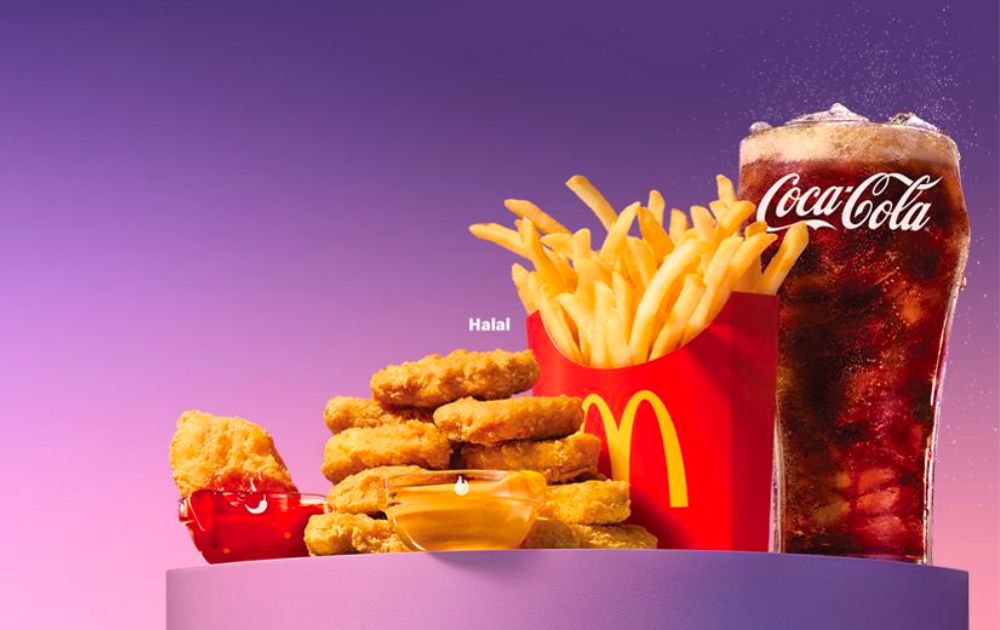
Mcdo partnered with global K-pop artists BTS to release limited-edition BTS Meals with their signature purple color.
What we can learn from the campaign: We don’t think this campaign warrants any more explanation. But just so you know, employing artists with a global audience will always pay off when the product collaboration is affordable and accessible.
Also, did we mention that fans were selling the used packaging in online forums? It was a crazy time. To date, we think this is one of Mcdo’s most viral campaigns.
And there you have it, some viral campaign examples to inspire your next marketing strategy. We just wanted to remind you in case this wasn’t clear yet, though. Viral ad campaigns work because the appeal isn’t surface-level.
You may like
Business
What’s the Best Graphic Design Service for Modern Website UI/UX?
Published
10 hours agoon
November 19, 2025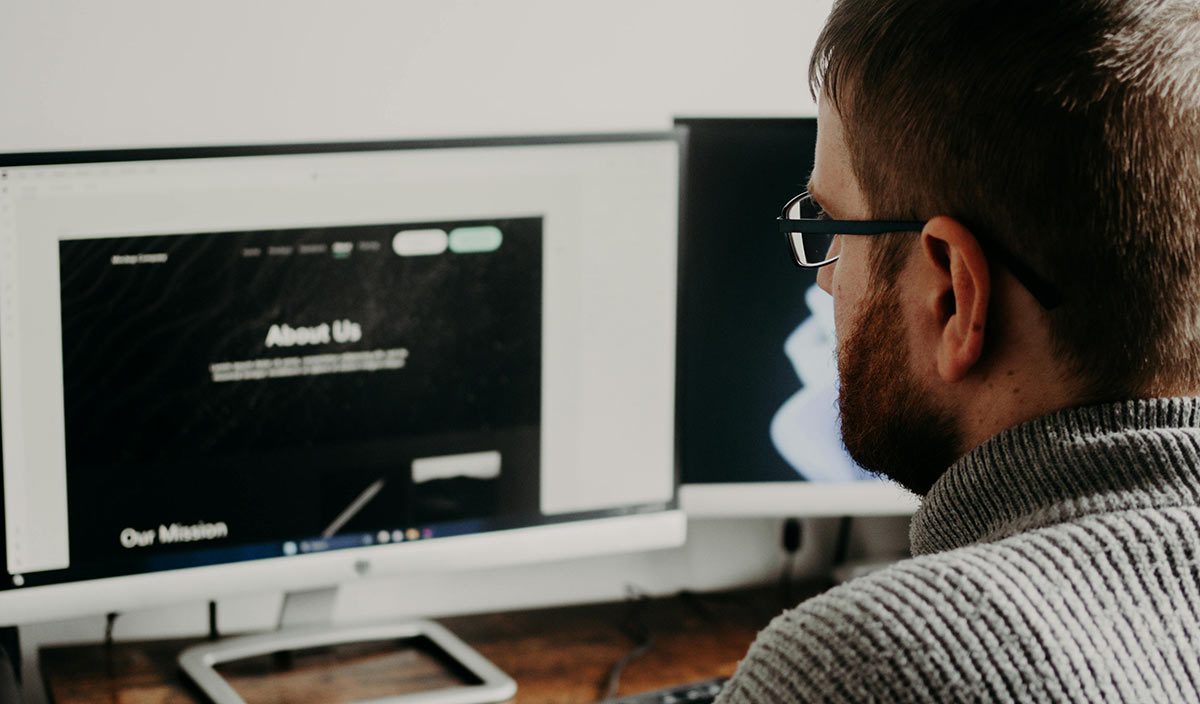
Today’s modern website goes beyond having impressive aesthetics; it strategizes. These sites guide users, build trust, and convert prospects. If you want all these incorporated in your web design, here are five of the best graphic design services for website UI/UX designs you can choose to work with:
1. Penji
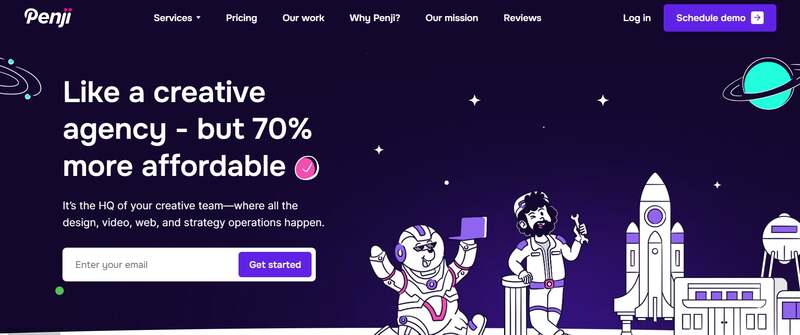
Offering unlimited graphic design services, Penji has a team of top-caliber designers specializing in a wide range of services. You can send requests for UI/UX design, infographics, custom illustrations, and more. Its turnaround times of 24 to 48 hours allow you to get designs when you need them. All these for a flat monthly subscription fee.
2. DesignBro

An online graphic design platform, DesignBro, connects businesses with talented design experts. It gives you two options to get UI/UX designs. You can choose from its talent pool and work directly with a designer of your choice. Or you can hold a contest and wait for designers to submit entries, then choose from them.
3. Kimp
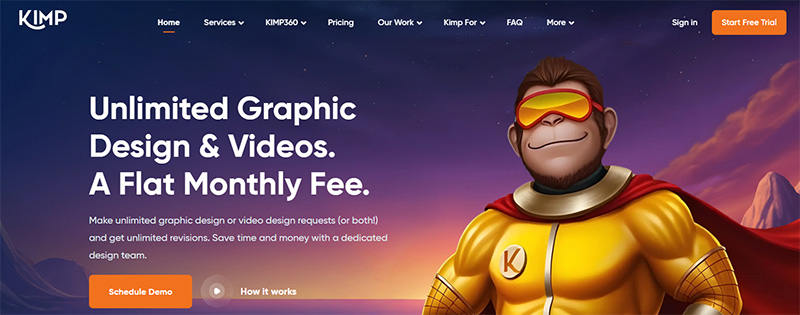
Another design-as-a-service platform like Penji, Kimp offers unlimited design requests and revisions for fixed monthly rates. Your projects will be handled by a dedicated design team, ensuring consistent quality. You can send requests for UI/UX designs, infographics, social media graphics, logos, and presentation designs, among others.
4. ManyPixels
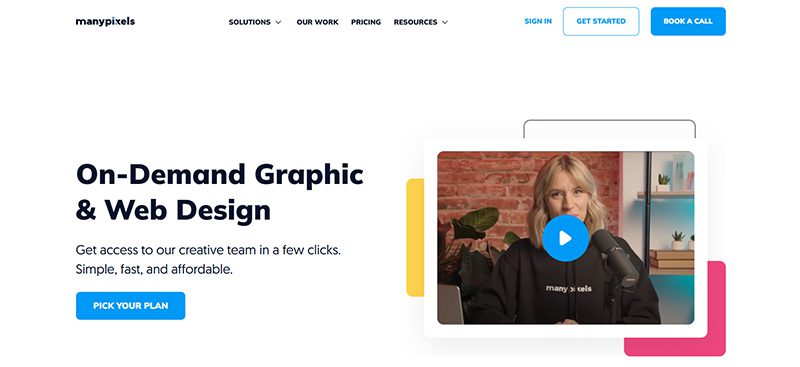
For businesses that need a constant supply of visual assets, ManyPixels is an excellent choice. It offers unlimited design requests for flat monthly subscription fees. It frees you from the hassles of hiring freelancers or the expensive costs of design agencies.
5. Fiverr Pro
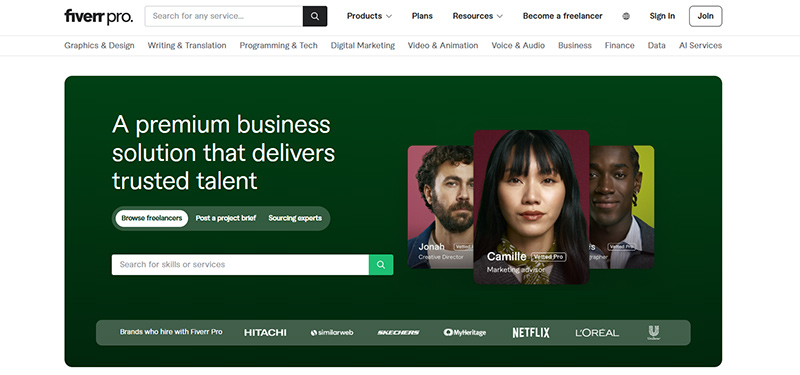
If you need a one-off UI/UX design, Fiverr Pro is an excellent option. It is one of the world’s top online marketplaces for freelancers. It lets you choose from a wide array of vetted designers from all over the world. This gives you the option to hire based on rates, location, experience, and expertise.
Business
The CHIPS Act: What It Means for the Semiconductor Industry
Published
2 days agoon
November 18, 2025
The CHIPS and Science Act was officially signed into law by President Biden on Tuesday. It’s a supposedly a pass to bolster national security, stabilize the economy and support working families. But with naysayers and supporters from both sides of the political aisle emerging by the day, it’s crucial to assess the rationale behind the act.
The CHIPS Act, or (less appetizingly) the Creating Helpful Incentives to Produce Semiconductors Act, contains more than $52.7 billion worth of funding intended to spur semiconductor manufacturing, research, development, and more in the United States.
This includes $39 billion in manufacturing incentives, including $2 billion for the legacy chips used in automobiles and defense systems, $13.2 billion in R&D and workforce development, and $500 million to provide for international information communications technology security and semiconductor supply chain activities, according to a statement published to whitehouse.gov.
Semiconductors are an essential component of electronic devices, enabling advances in communications, computing, healthcare, military systems, transportation, clean energy, and countless other applications. In short, it’s the lifeblood of modernity.
What does all of this mean for national security?
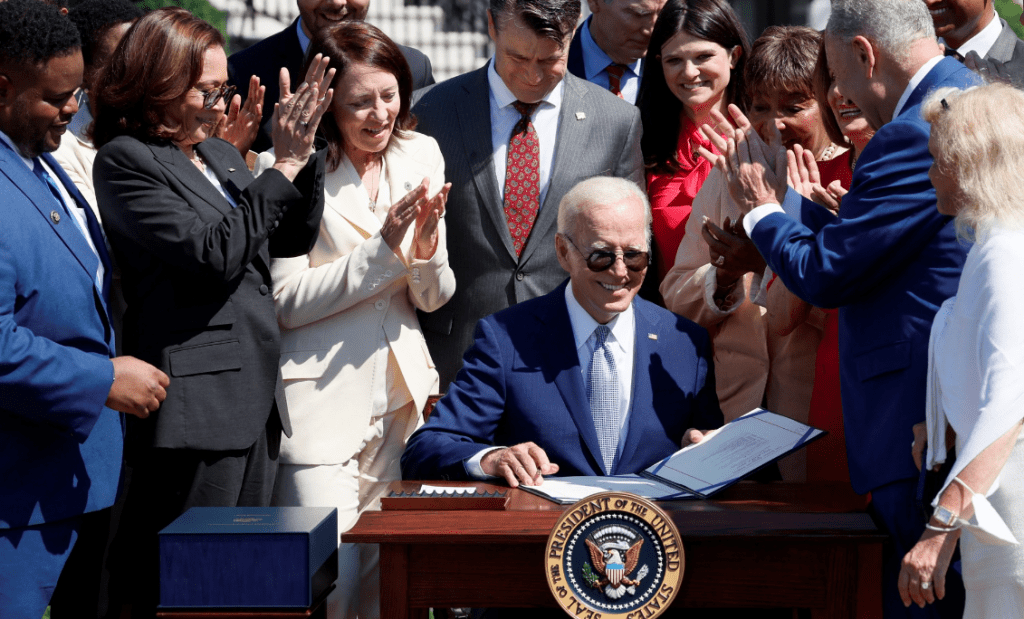
At present, the U.S. contribution to the world’s total semiconductor output is historically low, leaving the country dependent on foreign production. And the aforementioned militaristic reliance on these microelectronics could put the U.S. in a national security crisis in the coming years. In an effort to avoid potential future chip shortages, lawmakers are working to ensure domestic research and manufacturing.
“The primary motivation [for the CHIPS Act] is that the world has become dependent on one company located in one country, which has a number of risks associated with it,”
says David Yoffie, a professor of international business administration at Harvard Business School.
The company Yoffie is referring to is TSMC in Taiwan. TSMC isn’t the only manufacturer of semiconductors; the other two big companies are Samsung and Intel. But only 12% of chips are produced in the United States, a significant downturn from the 37% in 1990.
How will the CHIPS Act address this concern? Will it work?

Experts generally agree that the measures will help, though the extent is still uncertain, and many are doubtful the act will yield any significant advantage.
“It will lead to more investment in the US than otherwise would have occurred,”
Yoffie says, citing developments from Intel, Samsung, and TSMC in Ohio, Texas, and Arizona, respectively.
“It’s a small step in what’s going to be a marathon for the US, to even make a dent,”
says Daniel Ives, a managing director and senior equity analyst with Wedbush Securities.
“The cost dynamics, logistics, and technology ecosystem [have] cemented the chip food chain in and around Asia.”
But, Ives notes that even a 5 to 7 percent increase in the U.S.’s microchip market share would be a “Herculean success for the US.”
What are the detractors saying?
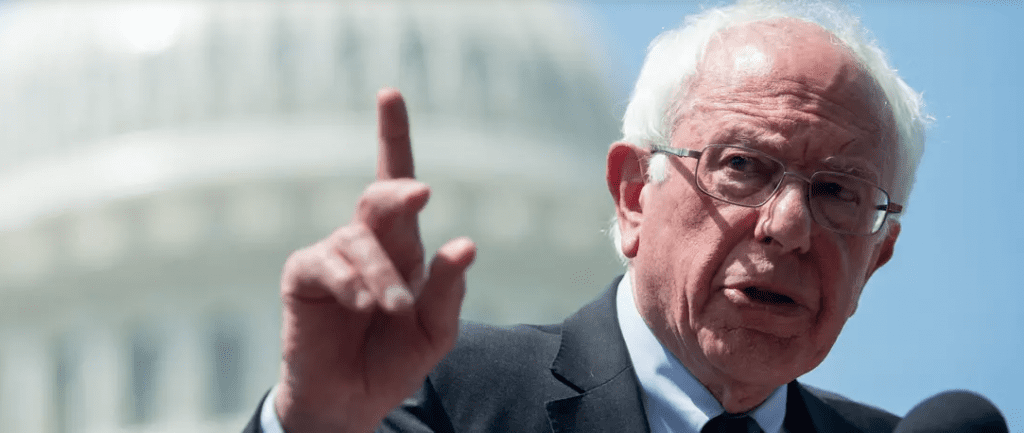
Supporters of the bill argue that subsiding domestic manufacturing of semiconductors will aid the U.S. by reducing its reliance on foreign production, especially in China. But not everyone is on board. A number of detractors have emerged from both sides of the political spectrum.
Former president of the Texas Public Policy Foundation and now president of the Heritage Foundation, Kevin Roberts, firmly opposed the bill, citing concerns that the bill subsidizes the construction of semiconductor factories in China.
“I would not want to be an elected official of either party going back home to my district next month having voted for something that uses my voters’ taxpayer money to go to the construction of factories in China,”
he added,
“Unless this bill were to have a provision that would prevent that, it really is garbage.”
Prior to the signing of the bill, Senator Bernie Sanders expressed his disapproval during a speech on the Senate floor, asking:
“Should American taxpayers provide the microchip industry with a blank check of over $76bn at a time when semiconductor companies are making tens of billions of dollars in profits and paying their executives exorbitant compensation packages? I think the answer to that question should be a resounding no.”
His efforts were for naught, however, as the bill was passed soon after, and signed by President Biden the following week.
The China Semiconductor Industry Association, a Chinese state-backed trade group, denounced the US Chips and Science Act. They claim it violated the shared principles of fair practices in the sector, warning that the law could lead to “chaos” in global supply chains.
And for other news and stories, read more here at Owner’s Mag!

AI tools have evolved fast, and entrepreneurs now rely on them not just to automate tasks but to scale entire workflows. That said, it’s not surprising that many business owners are leveraging the power of cutting-edge technology. And this is where AI tools for entrepreneurs come in. Let’s look at what they are and a few examples you can check out.
1. Aomni Agent
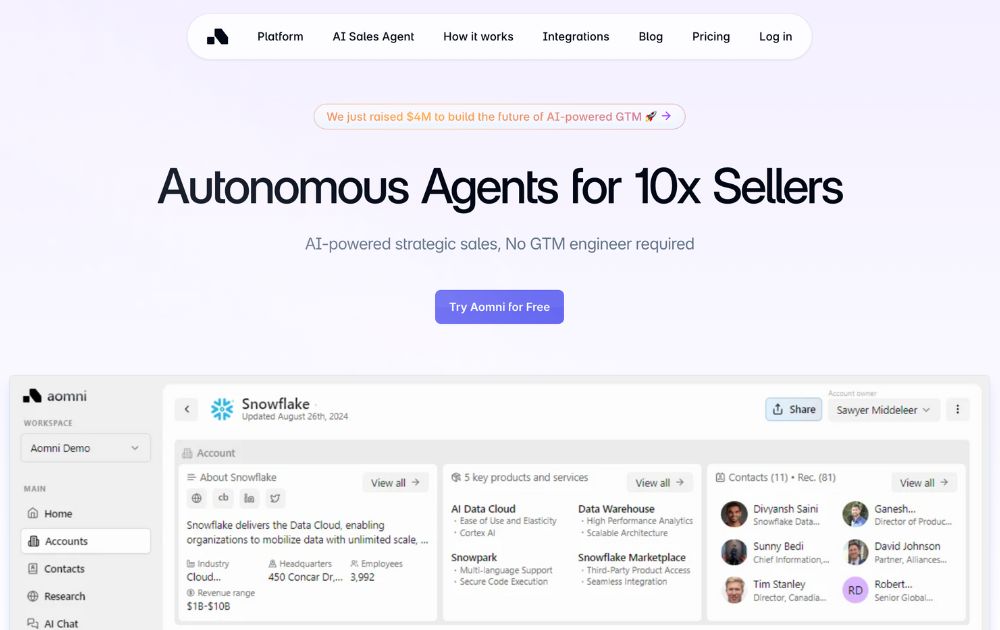
Packed with powerful AI-driven features, Aomni Agent is a tool that can help you grow your company’s outbound pipeline by conducting research to give you new Ideal Customer Profiles (ICPs). With it, you no longer have to create account plans for each of your prospects, as the AI tool will do it for you.
Aomni Agent engages with your customers, provides support, automates routine tasks, and gives you real-time insights and analytics, among many other features. To know its pricing and additional information, you need to contact them directly through their website.
2. Pictory
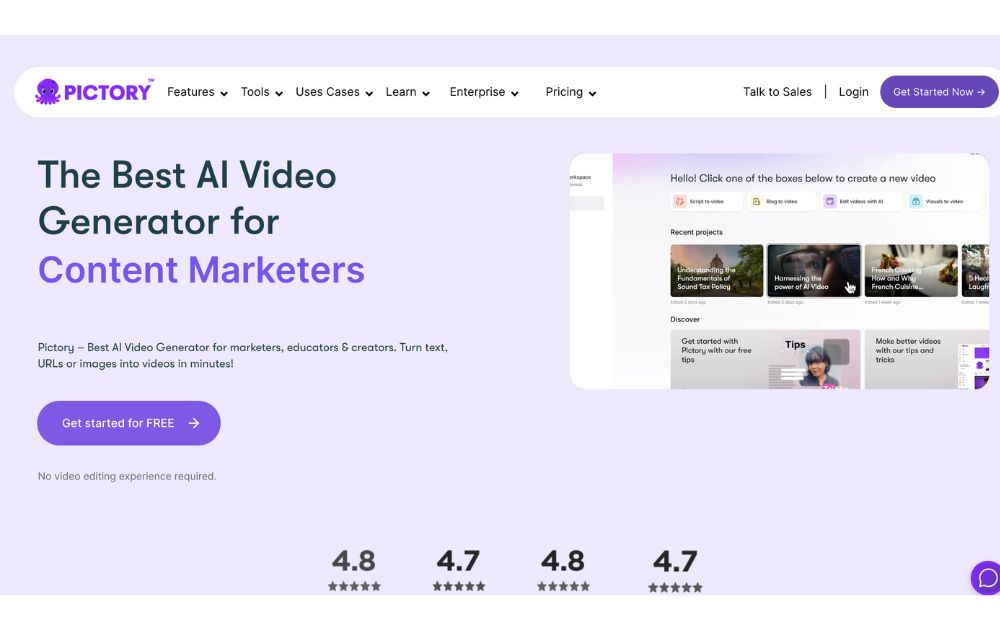
A video creation tool, Pictory, can help you create engaging and professional videos in minutes. It uses AI that automatically generates videos from your text, images, and audio. This means you get excellent results even without any video editing skills.
You can use Pictory to generate videos from your blog posts, articles, and other text. It can also edit existing videos and add images, music, or text. It offers a free trial and three plans with subscription fees that range from $23 to $119 per month.
3. Zeda.io
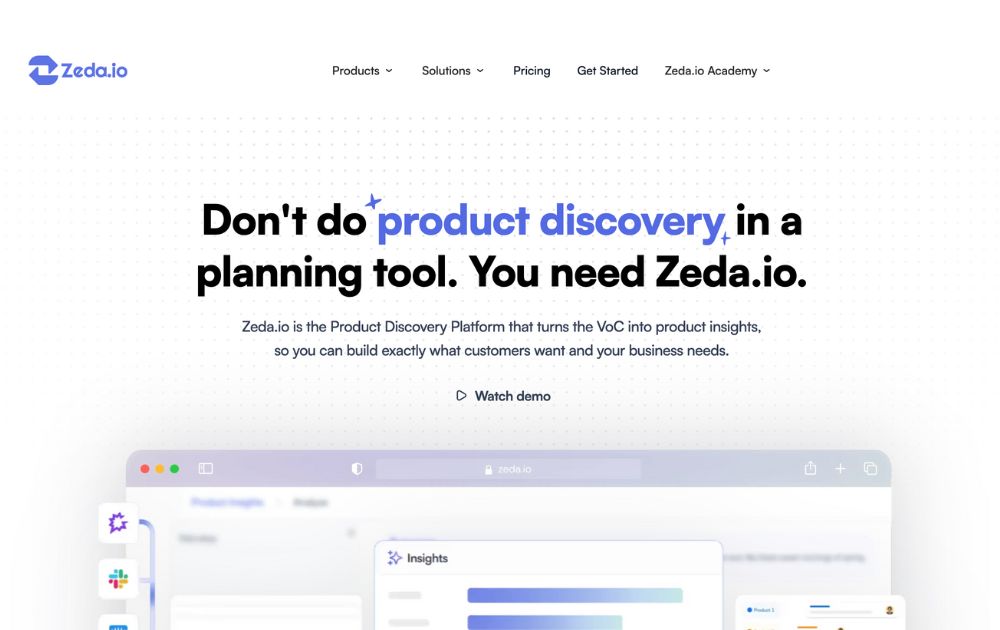
Zeda.io has grown into a powerful AI-powered product operating system. With its 2.0 update, the platform now connects customer feedback, product strategy, roadmapping, and internal documentation into a single intelligent workspace.
Its AI engine analyzes thousands of customer inputs, from surveys to reviews to support tickets, to identify patterns, prioritize features, and suggest product improvements. What used to take days of manual synthesis now takes minutes. The updated version also includes AI-generated product briefs, automated roadmap updates, and integrations with popular tools like Slack, Notion, and HubSpot.
4. Slite Ask
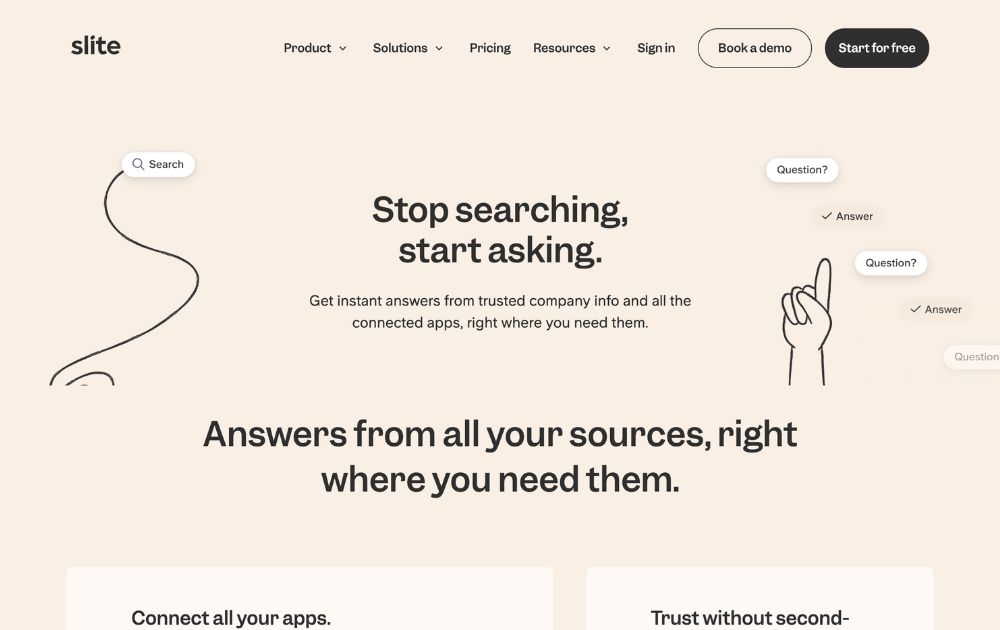
Slite Ask is one of the most reliable AI knowledge-base assistants for teams. Instead of manually searching docs or old messages, entrepreneurs can simply “ask” a question and get an instant answer based on their workspace knowledge.
The AI scans company documents, policies, SOPs, and internal notes to deliver accurate responses without hallucinations. This makes onboarding smoother and speeds up decision-making, especially for remote or hybrid teams.
5. Credal.ai
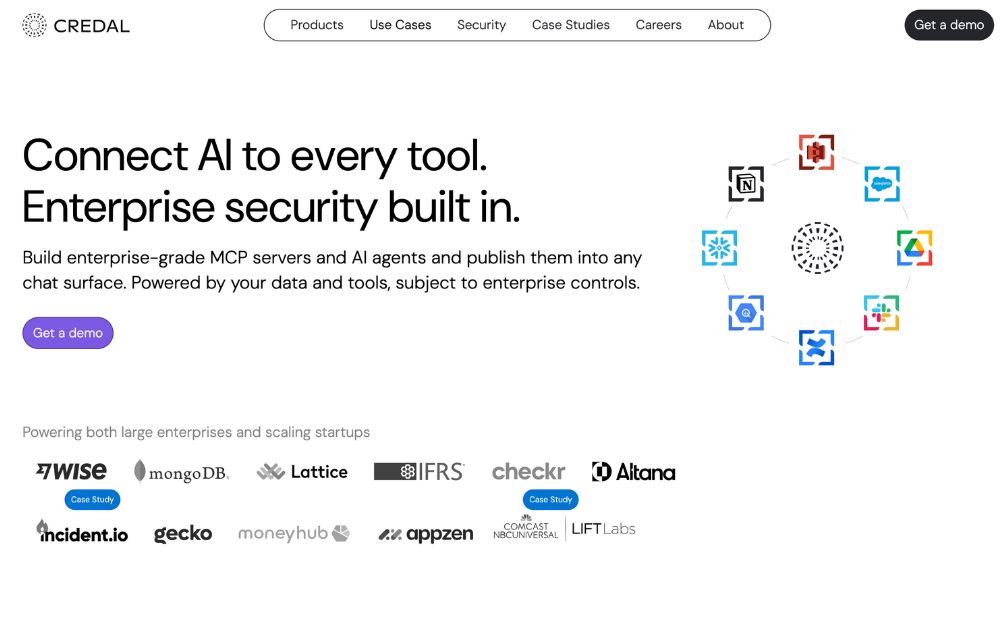
Keep your data safe with an AI tool that’s perfect for entrepreneurs. Credal.ai is a software that provides a secure environment for AI applications to run and monitors them for any potential security threats. This helps you protect your business’s sensitive data from unauthorized users.
Credal.ai protects your data from leaks, malicious codes, and unauthorized access. It has a free plan but with limitations, so to get the most out of this AI tool, a Team or Enterprise plan is recommended. Pricing starts at $500 per month.
6. Webscraping.AI
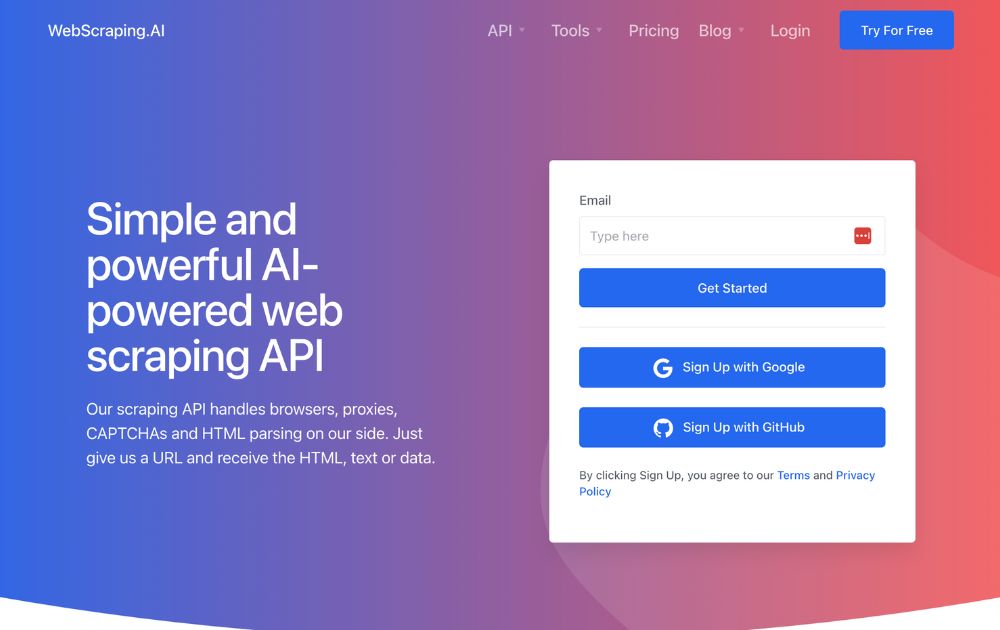
Web scraping is the process of extracting data from a website, such as stock prices, product details, company contacts, and many more. If you want access to this information, you’ll need Webscraping.AI. It is easy to use and won’t require you to have any coding or technical skills. All you need to do is enter the website you want to scrape, and the tool will automatically get the data from the website.
Webscraping.AI can help business owners make better decisions by providing accurate data to identify new opportunities. It can also help them make better decisions for their strategies. Pricing for this AI tool for entrepreneurs ranges from $29 to $249 per month, with no hidden fees.
7. ValueProp.dev
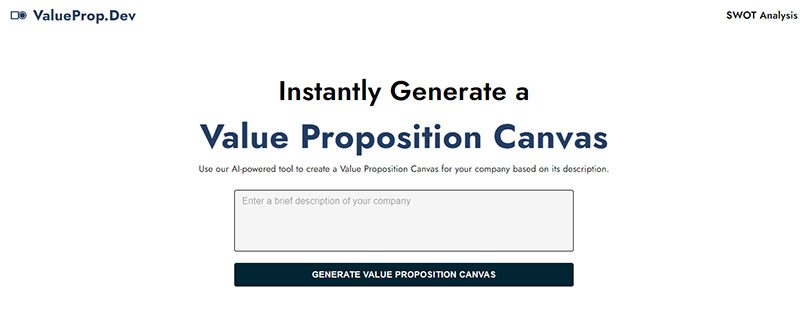
A value proposition is a statement that tells your customers what your product or service is all about. This can be tricky, but worry no more, as ValueProp.dev is an AI tool for entrepreneurs created explicitly for this. It uses machine learning to analyze your customer data to generate unique value propositions for you.
ValueProp.dev can help you improve your business by generating value propositions that significantly increase customer acquisition, retention, and sales. It is free for up to three value propositions, but they also have premium plans for more options and features. Pricing starts at $29 per month.
8. Lovo.ai
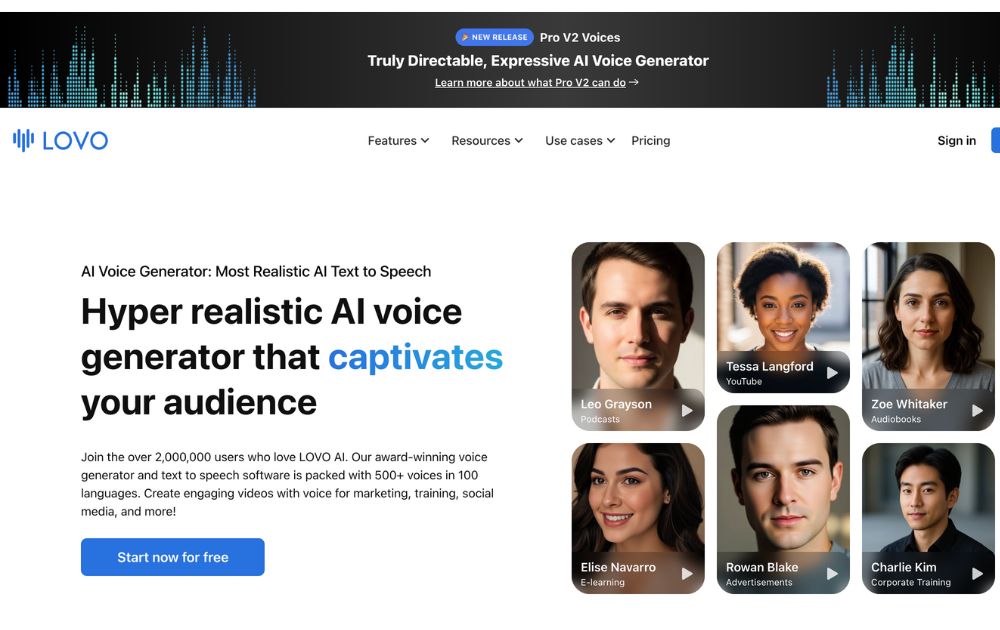
A text-to-speech and text-to-video platform, Lovo.ai can help you create engaging and informative content for your content marketing strategies. It uses AI to generate realistic and human-loke voiceovers, videos, avatars, and others. You can extend your reach globally as this tool can do voiceovers and videos in more than 140 languages.
Lovo.ai can help you increase your engagement, improve your SEO rankings, and boost conversions. You can try their free plan to give you an idea of what the tool can do for you. But for more features, a paid plan that starts at $19 per month can provide more value.
9. Zigpoll
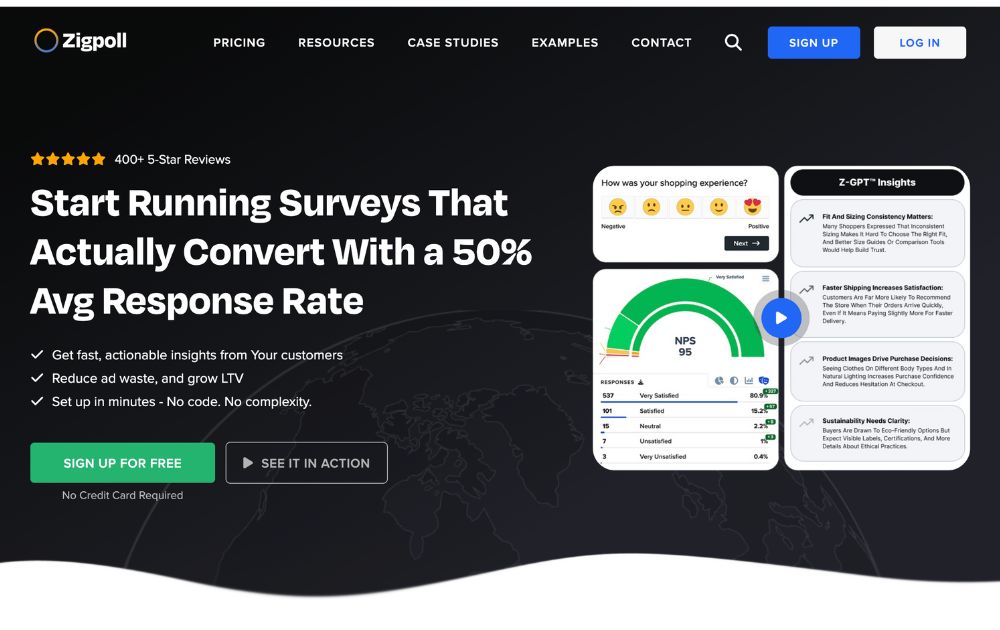
Zigpoll remains a solid choice for collecting customer insights, but its capabilities have expanded over the past two years. Today, Zigpoll uses AI to generate survey questions, summarize responses, detect sentiment, and even segment customers automatically.
Entrepreneurs can embed polls on websites, email campaigns, or post-purchase pages, then let Zigpoll’s AI categorize feedback into actionable insights. This helps brands quickly spot trends, product issues, or opportunities for upselling.
10. Pitches.ai

Are you looking to increase your business funding? Then creating the perfect pitch deck should be your priority. You can easily and quickly do this with Pitches.ai. It is an AI-powered tool for entrepreneurs to develop and refine pitch decks.
Pitches.ai analyzes pitch decks and gives you feedback on their structure, persuasiveness, and clarity. This gives you a higher probability of success. It offers four premium plans with prices ranging between $95 to $1,195.
Conclusion
Artificial intelligence is slowly becoming popular among business owners. Thanks to their many advantages, it’s no surprise that many will be using the technology from now on. These AI tools for entrepreneurs are a great example, and you should check them out today.
Featured Image Credit: Photo by Anna Shvets from Pexels

What’s the Best Graphic Design Service for App Interface Design

What’s the Best Graphic Design Service for Modern Website UI/UX?

The CHIPS Act: What It Means for the Semiconductor Industry

Meet the Speakers of Digital Cut 2026: Seth Godin, Ali Abdaal & Neil Patel

What’s the Best Graphic Design Service for Beauty & Wellness Brands

10 Best AI Tools for Entrepreneurs

Our Top 10 Video Editing Tools for Smarter Content Production

Our Top 10 Video Editing Tools for Smarter Content Production

How TikTok and Instagram Track You Using In-App Browsers

Top 10 Free and Paid Employee Communication Tools

The CHIPS Act: What It Means for the Semiconductor Industry

10 Best AI Tools for Entrepreneurs

10 Best Photo Editing Apps for Personal and Business Use in 2026

What’s the Best Graphic Design Service for Healthcare Brands?
Trending
- Business2 days ago
The CHIPS Act: What It Means for the Semiconductor Industry
- Uncategorized2 days ago
Meet the Speakers of Digital Cut 2026: Seth Godin, Ali Abdaal & Neil Patel
- Featured6 hours ago
What’s the Best Graphic Design Service for App Interface Design
- Business10 hours ago
What’s the Best Graphic Design Service for Modern Website UI/UX?


